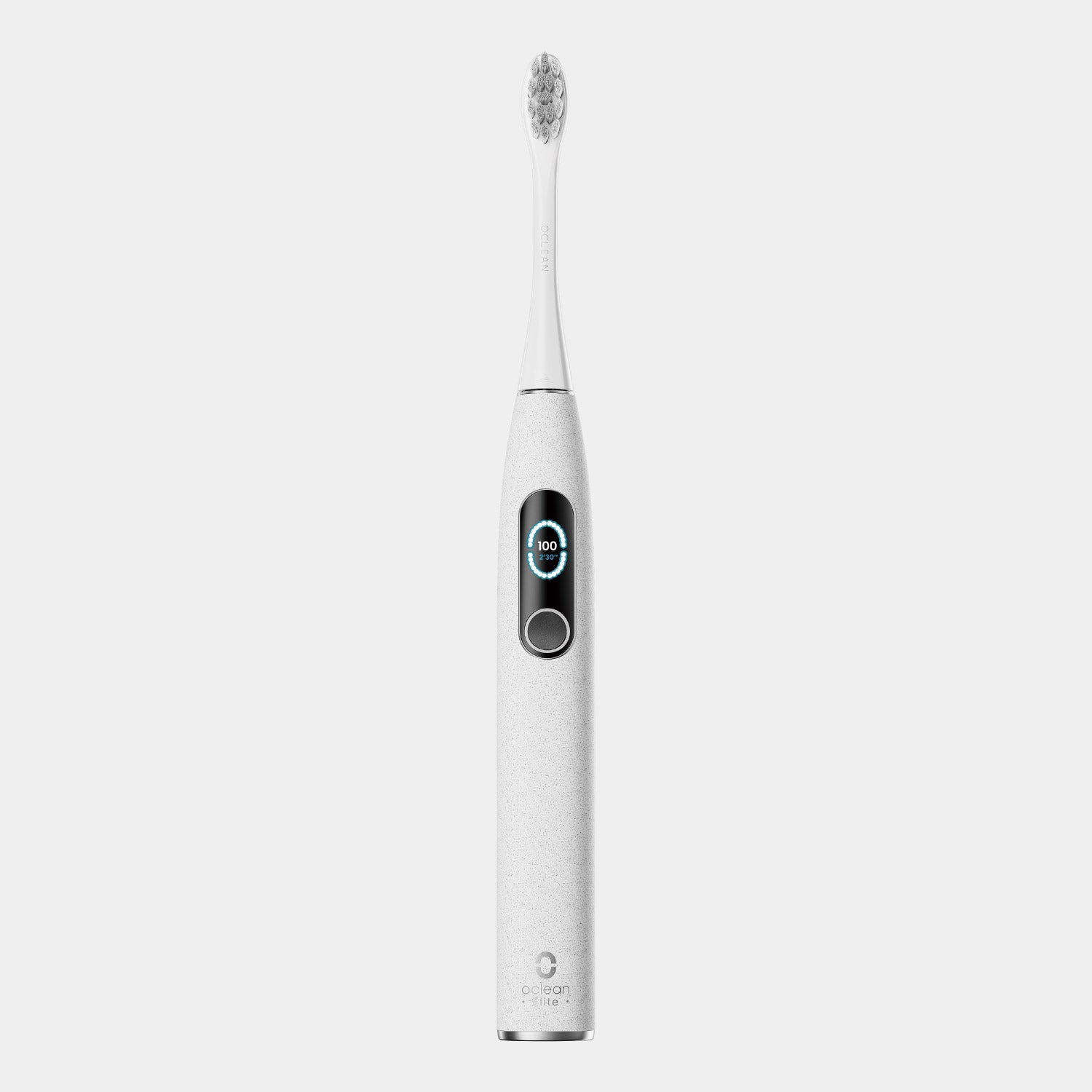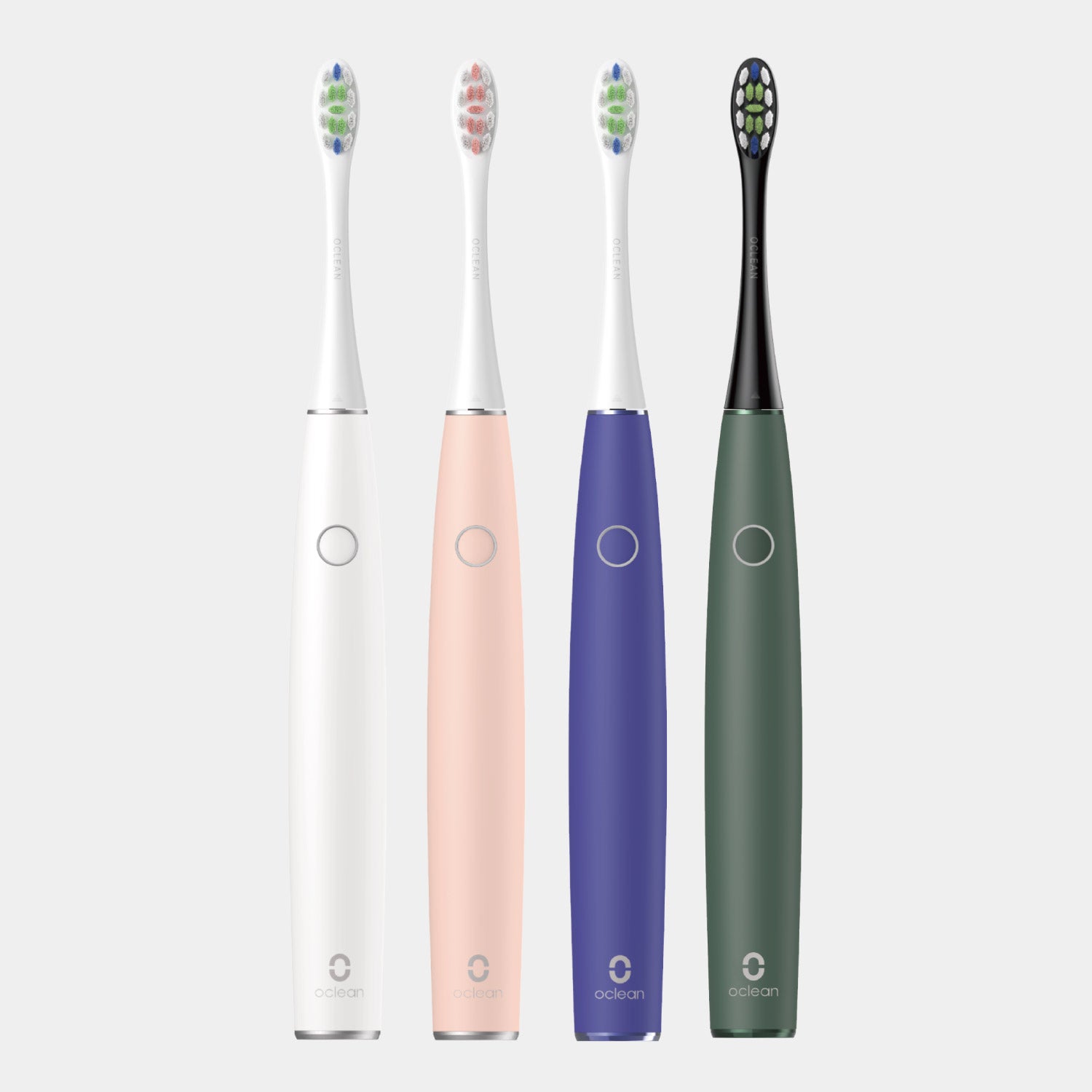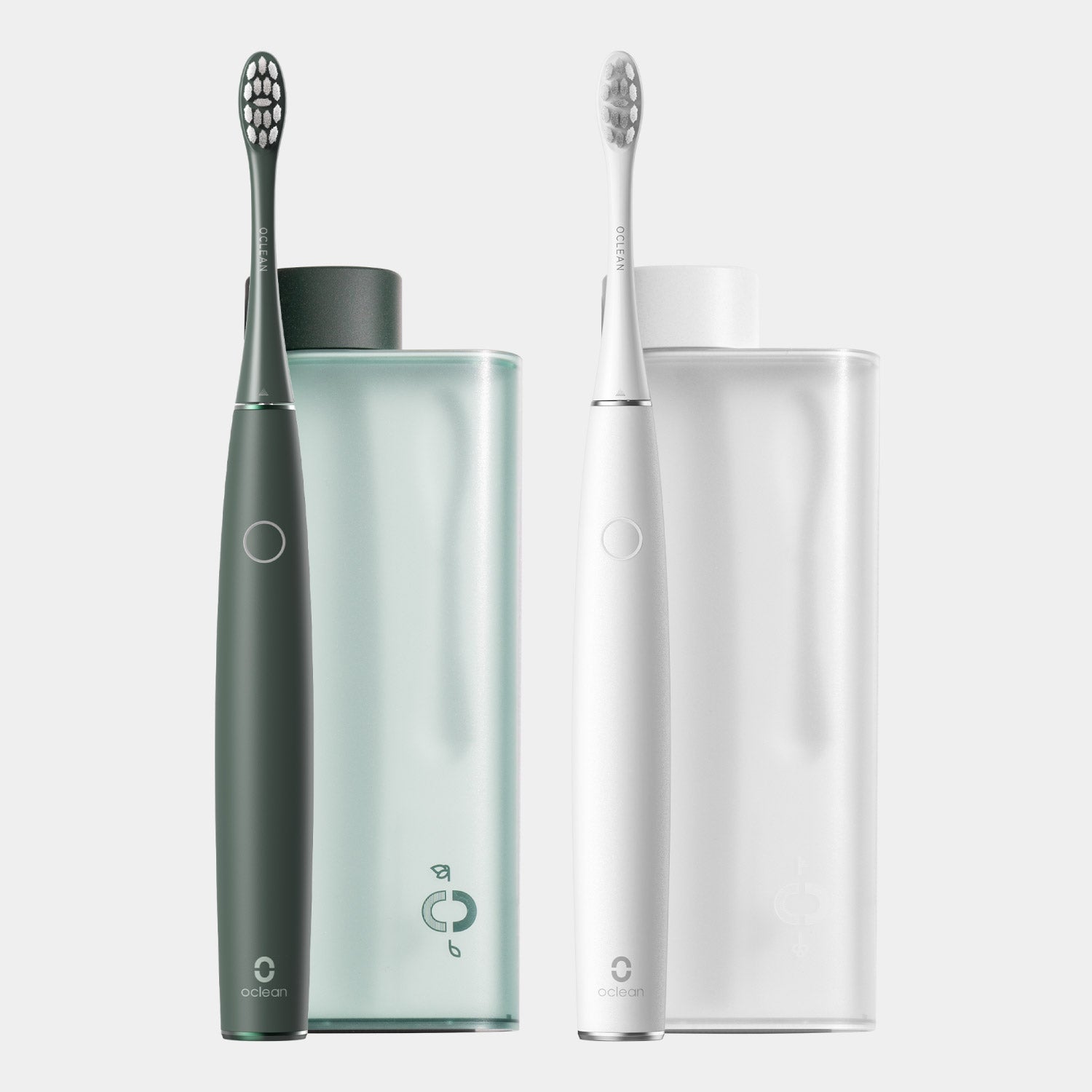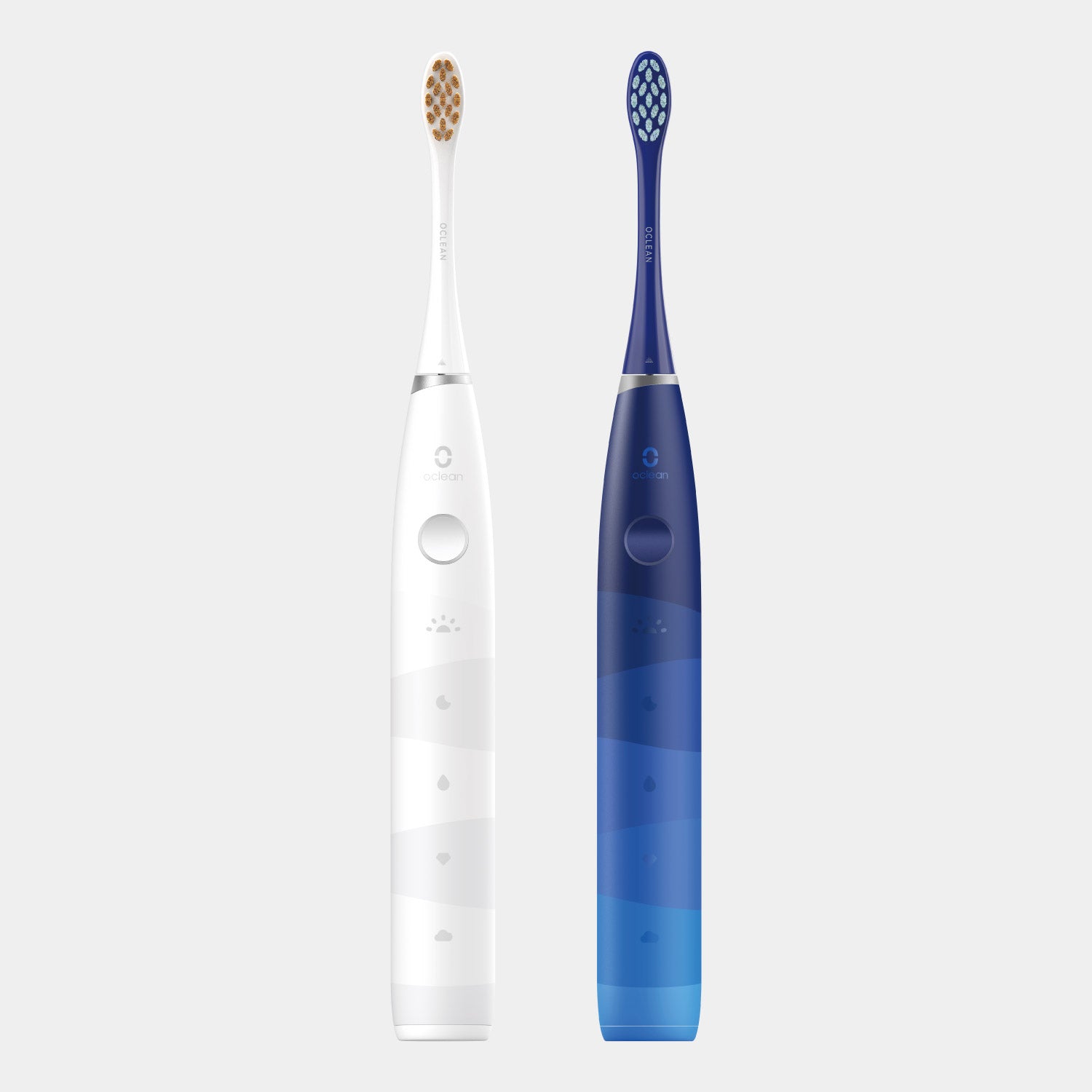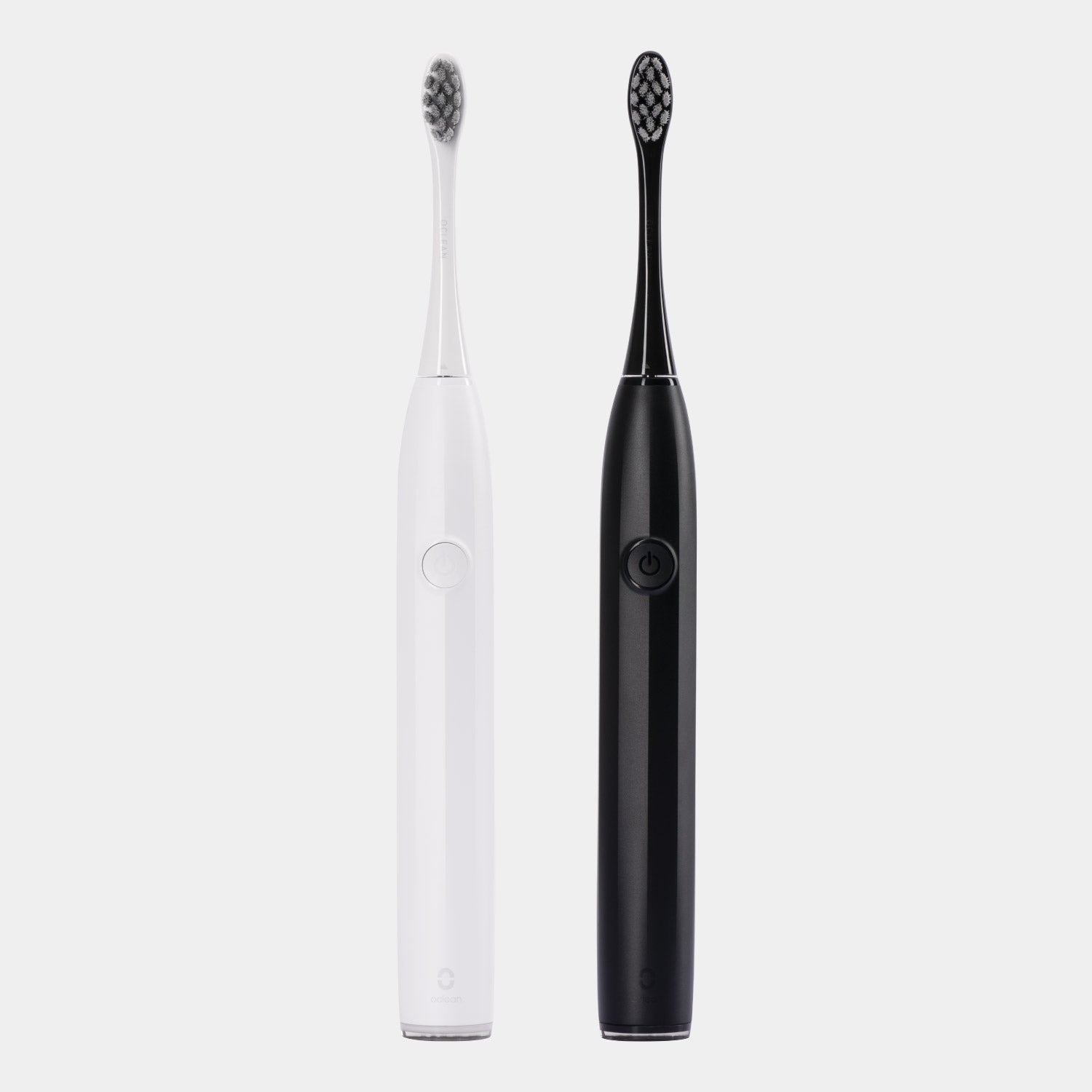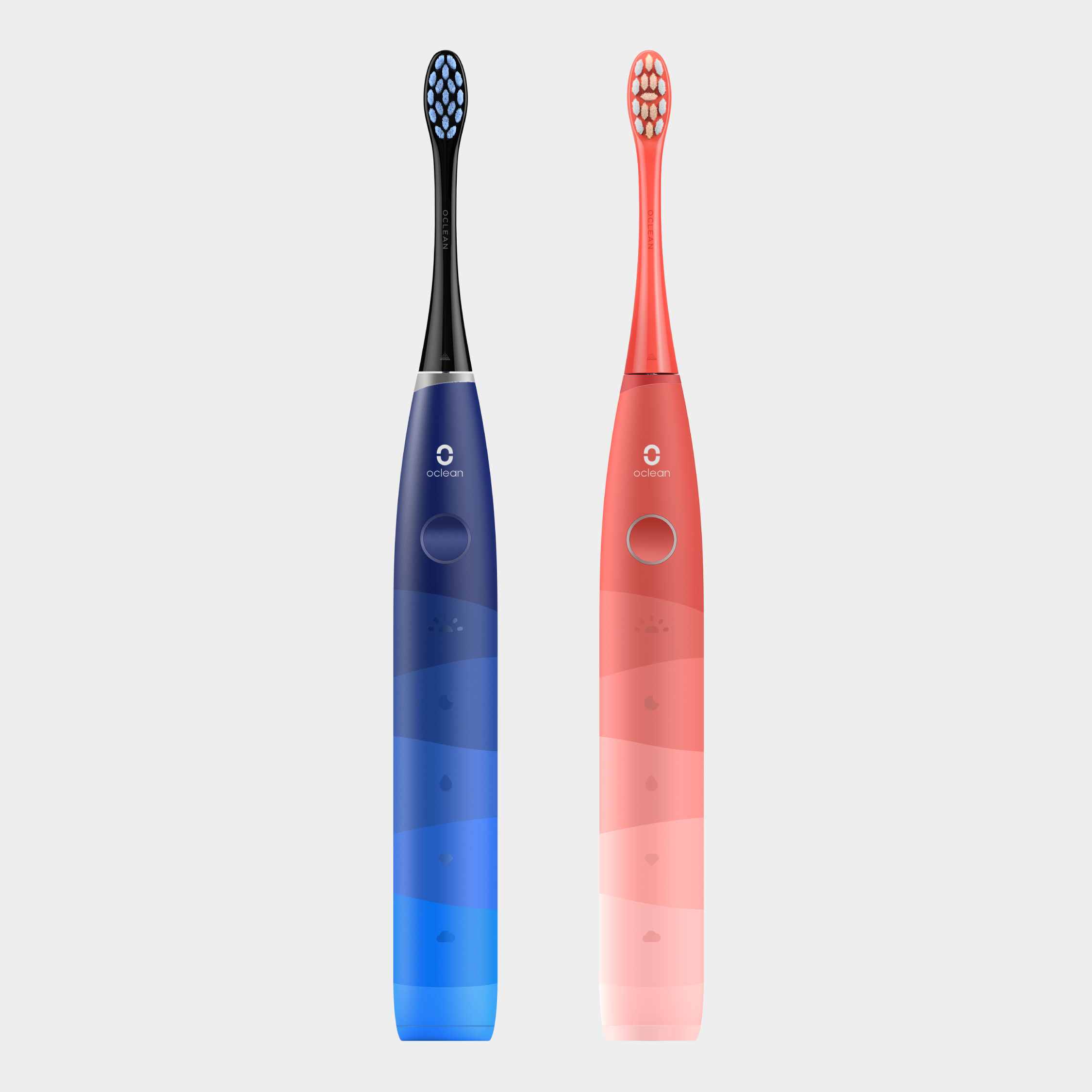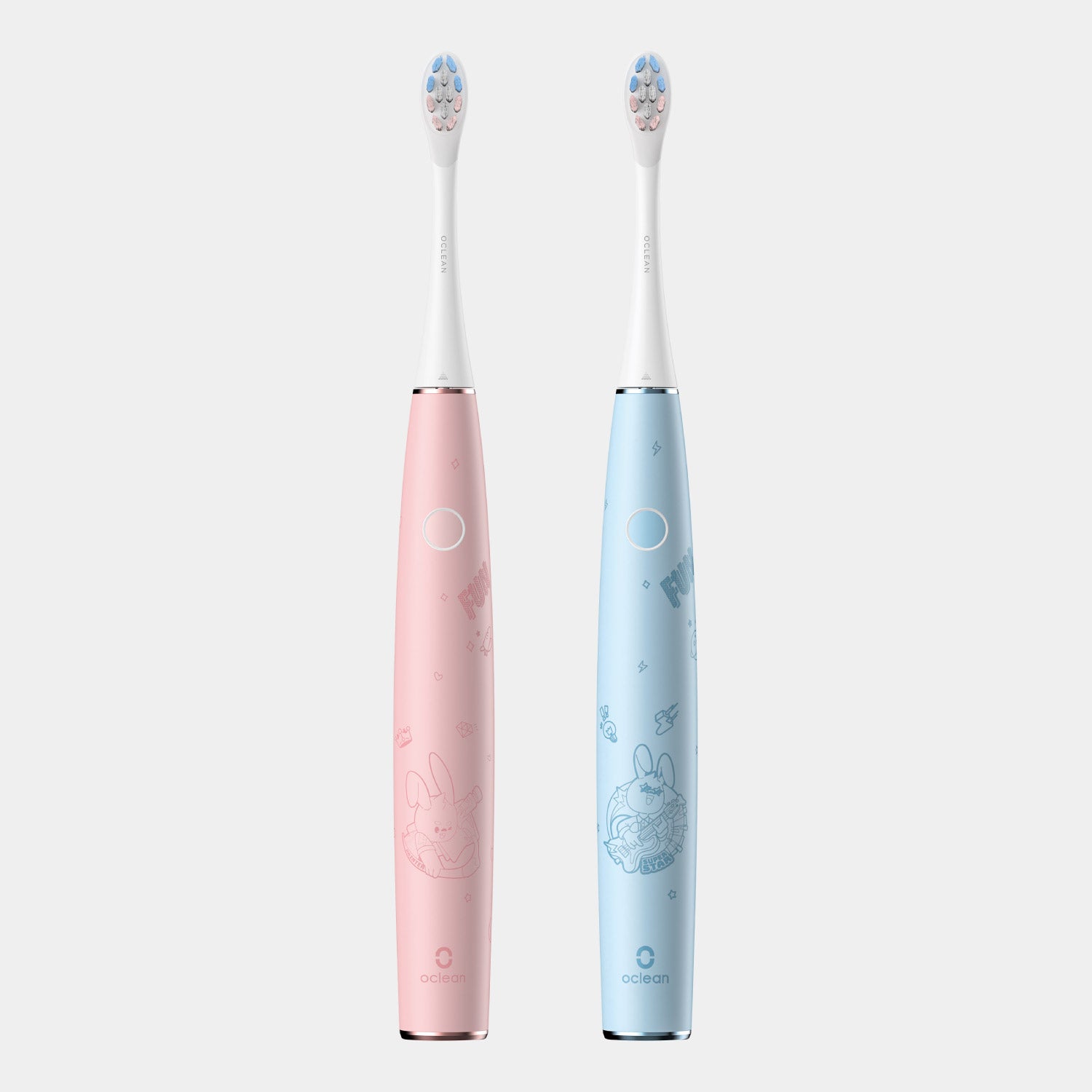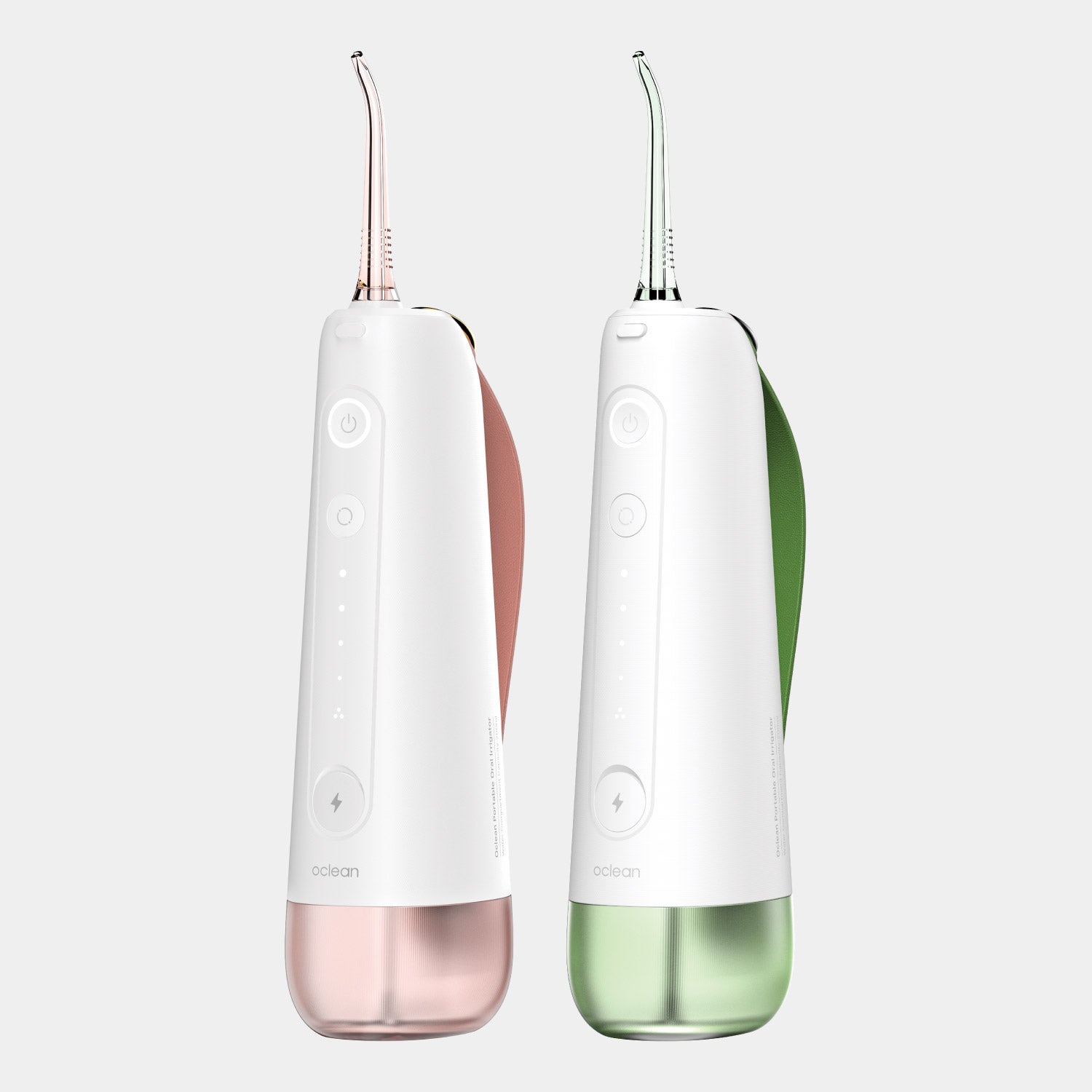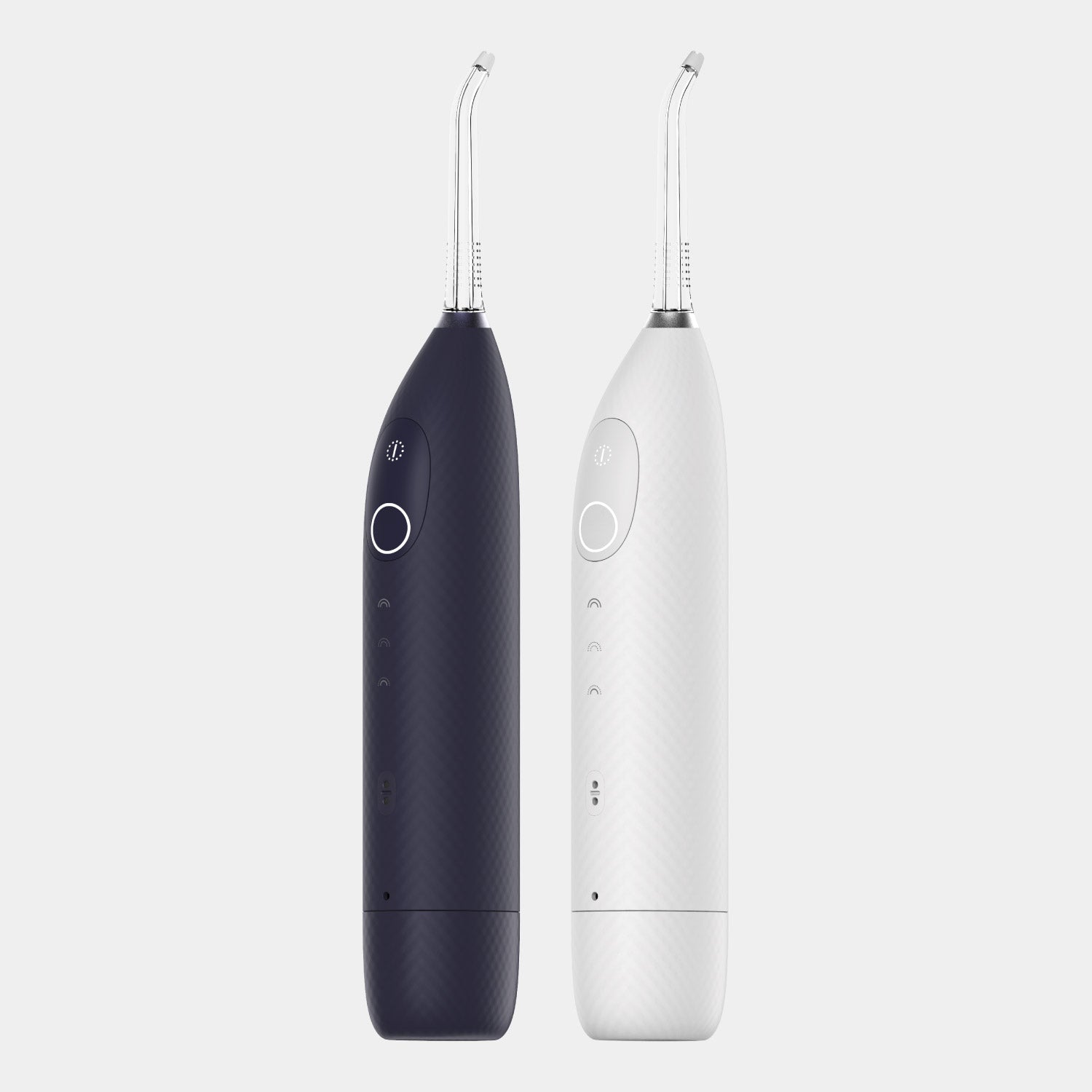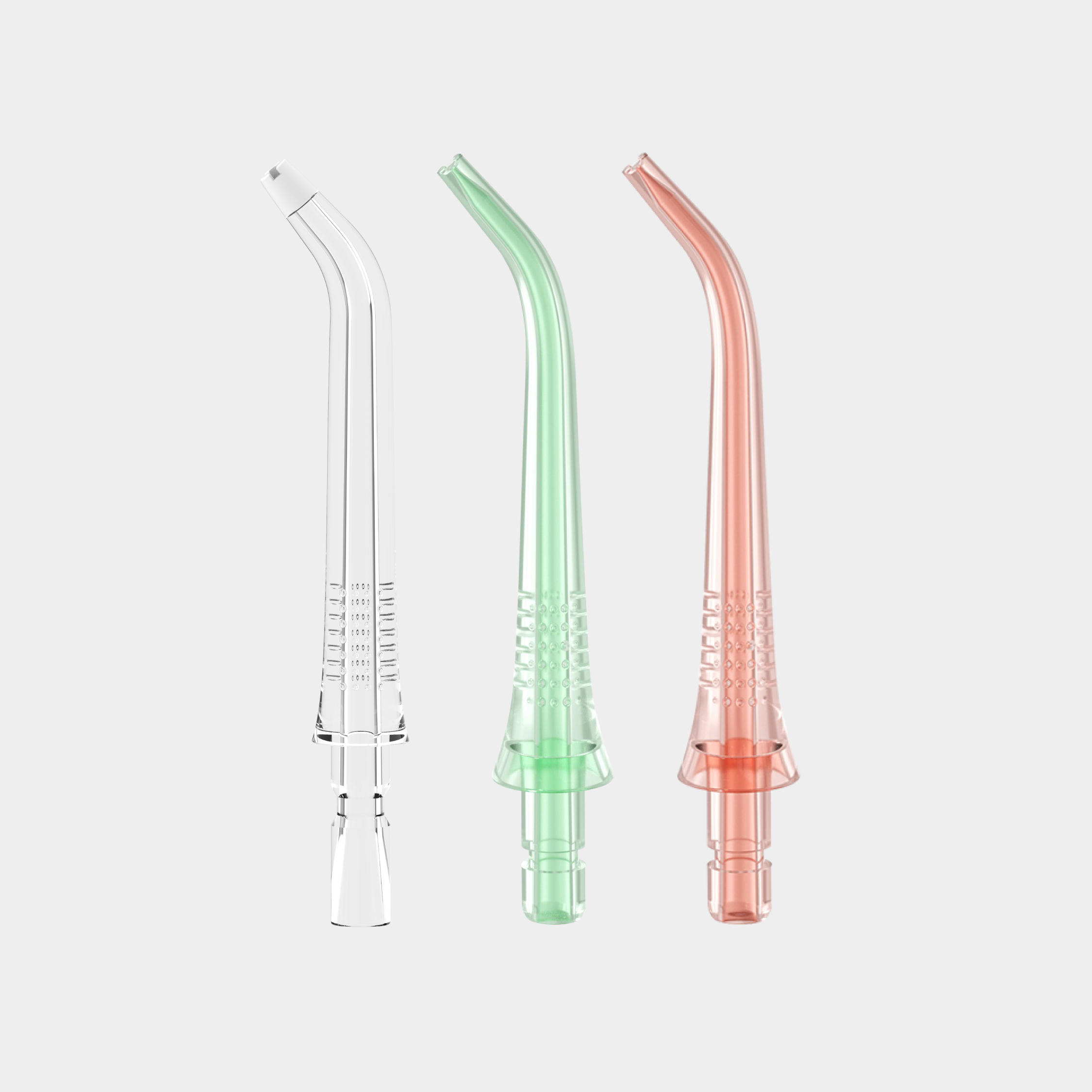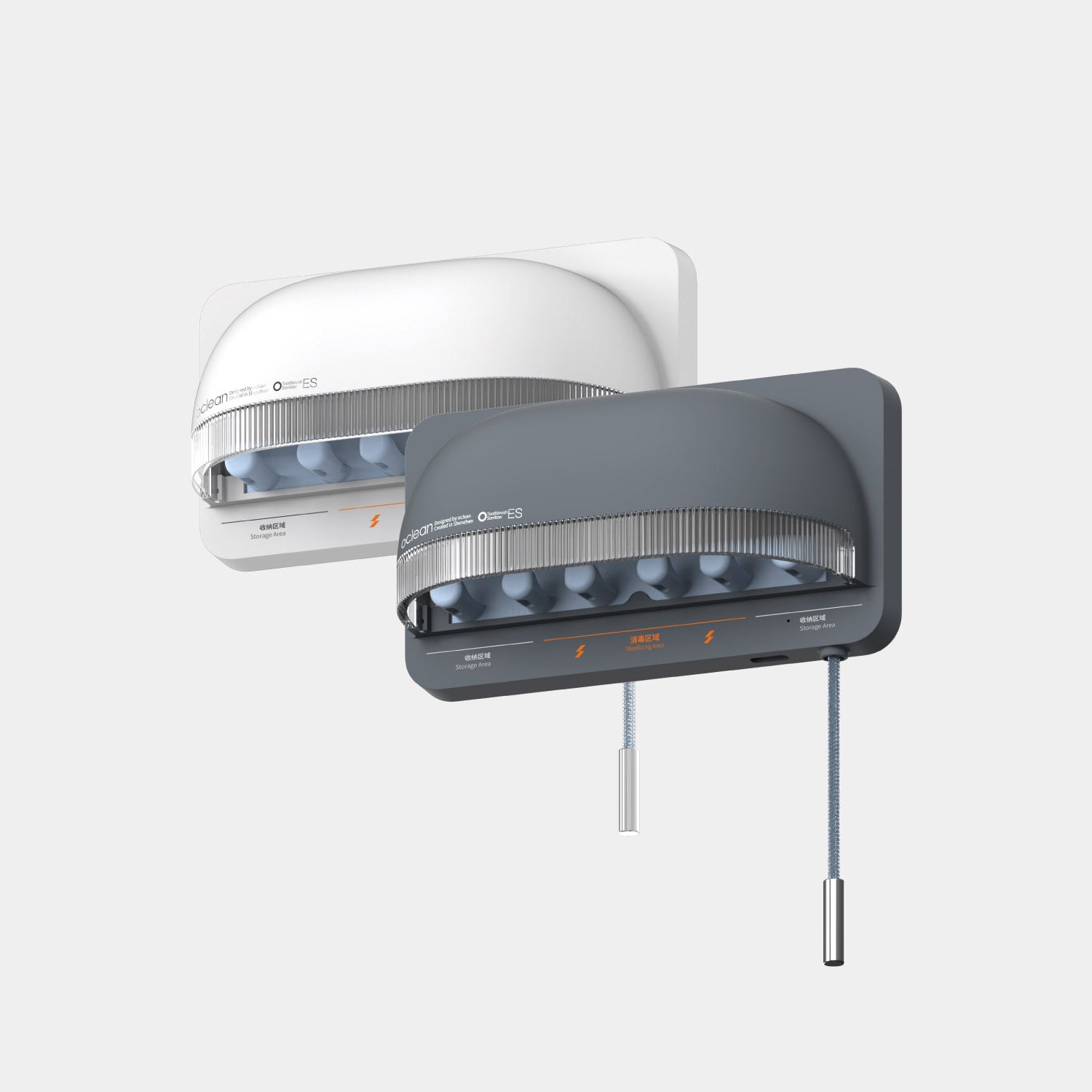Tooth extraction is a dental process in which a tooth is removed from its socket within the bone. One of the most common reasons for performing this procedure is severe damage or decay that cannot be repaired, thus preventing further infection and relieving pain. Periodontal disease leads to bone loss around the teeth, and if left untreated, the affected teeth may become loose and are then extracted. Sometimes, the extraction of teeth is performed to address crowding, especially before orthodontic treatments like braces to ensure proper alignment of the remaining teeth. Infected or the risk of infection in a decaying tooth or an abscessed tooth may lead to its extraction, if other treatments such as antibiotics or root canals are not adequate enough.
One of the most common dental treatments is tooth extraction, but to ensure the speedy recovery, the healing process has to be closely monitored. As a smoker, you might be thinking of smoking after tooth removal. Smoking early may lead to complications that cause pain and hinder recovery. This article addresses when it's safe to start smoking again, why quitting is so critical, and how proper oral hygiene products, such as water flossers and sonic toothbrushes, can help in your recovery.

Smoking After Tooth Extraction 24 hrs
Smoking is absolutely prohibited in the first 24 hours following tooth extraction. In this critical period, your body forms a blood clot that covers the wound with a protective-coating. Dry socket can result if smoking dislodges this clot; it's a very painful condition.
There is a greater possibility that the blood clots may come loose since smoking creates suction in your mouth. Additionally, tobacco's compounds send poisons into the tissue and deprive it of oxygen, which may delay the healing process. If you cannot refrain from smoking, they always suggest covering the wound site with gauze—but nothing guarantees this.
Smoking After Tooth Extraction with Gauze
Some smokers prefer applying gauze over the extraction site to smoke and minimize risks. Although gauze will serve as a slight barrier, it is not absolutely safe. The suction from inhaling a cigarette may still dislodge the clot, and the gauze may irritate the wound if it is not handled properly. To minimize risks: Change the gauze often to clean the area Avoid deep inhaling or long smoking sessions. Consult your dentist before attempting this method. Even with these precautions, the best course of action is to avoid smoking completely during the healing cycle.
How Long to Not Smoke After Tooth Extraction
The general recommendation for not smoking after tooth extraction is at least 48–72 hours, and most dentists would recommend one week for full healing. The period will depend on factors such as: The complexity of the extraction-tooth involved, as with wisdom teeth. Your overall health and smoking habits. Use mild yet effective instruments, such as a sonic toothbrush or a water flosser, for sensitive gums to maintain cleanliness and promote healing.

When Can I Smoke After Tooth Extraction?
It might take up to two weeks for the wound to heal fully, but once it has, that is when you should begin smoking again. To minimize damage, however, if you cannot help but smoke, follow these considerations:
- After the procedure, wait for at least 72 hours.
- Use a water flosser to remove food particles without aggravating the wound.
- Switch to a sonic toothbrush, which is gentle on sensitive tissues and supports gum health.
Gradual resumption of smoking after this time, although still hazardous, is less likely to lead to complications.
Why No Smoking after Tooth Extraction?
After having a tooth extracted, smoking can lead to serious issues that delay healing and cause needless suffering. To make wise decisions regarding your recuperation, it is necessary to be aware of these concerns.
Delayed Healing
Smoking reduces oxygen and blood supplied to the healing tissues in your mouth. Smokers may, therefore take longer time than non-smokers to heal.
Risk of Infection
In addition to impeding the healing process, an infection may cause more serious adverse effects such as fever and edema and the demand for further medical care.
Gum Irritation
Cigarette heat and toxins can cause gum inflammation, which exacerbates discomfort and raises the possibility of complications. Smoking can cause irritation to delicate oral tissues, which can prolong and worsen recovery.

Protecting Your Dental Health
Dentists usually advise against smoking for at least 72 hours, though more time is recommended. If a smoker cannot quit smoking, oral care tools like a sonic toothbrush and a water flosser can be used to keep hygiene up without irritating the extraction site. These devices support recovery and contribute toward even better long-term oral health. Although avoidance of smoking and good care will make your mouth heal as best it can, there may be fewer complications. This time might just impress on you a permanent change in your smoking habits for your health.
Support Recovery with Excellent Oral Care Tools
Taking good care of the mouth after a tooth extraction is important. Usage of specialized tools will help prevent oral hygiene without disturbing the extraction site.
Sonic Toothbrushes - A Gently Effective Option
Maintaining proper oral hygiene right after undergoing a dental procedure such as tooth extraction is highly important, but of equal importance is the use of tools that protect sensitive tissue. In this regard, sonic toothbrushes are a stellar option. Unlike the former or rotary-oscillating models, sonic ones make use of high vibrational frequency to clean teeth as well as gums without causing irritation.

The sonic toothbrush creates tiny fast-moving bubbles that can remove plaque and debris even from areas which are difficult to reach. This gentle, yet thorough cleaning method is especially good for people with sensitive gums or those who have had oral surgeries. The enhanced cleaning will also help prevent infection, thus speeding up healing.
Switching to a sonic toothbrush during your recovery period not only keeps your mouth clean but also prevents complications caused by improper brushing techniques. Additionally, they are appropriate for continuous use due to their mild cleansing effect, particularly for people with persistent gum sensitivity or other oral health issues.
Water Flossers for Safe Cleaning
A water flosser or oral irrigator is another great device to keep the area around the extraction site clean. These devices use a soft stream of water to clean out areas that are hard to reach and are safer than using floss. Benefits include: Less chance of irritating the wound. Gum health is enhanced by cleaning in targeted areas. Debris is removed easily without suction. Using a portable water flosser can make all the difference in post-extraction care, ensuring that it is clean but gentle.

Conclusion
Smoking after tooth extraction has some serious risks to your recovery, from dry socket to delayed healing. So protect your oral health by avoiding smoking for at least 72 hours—or longer if possible—and keep your mouth clean and healthy with tools like sonic toothbrush and water flosser during the recovery process. The aforementioned set of guidelines can guide a healthy dental healing process along with avoiding complications through using top-grade oral care products.
You may maintain good oral hygiene without interfering with your healing process by getting a high-quality sonic toothbrush. Discover Oclean's cutting-edge solutions for the ideal balance of effectiveness and maintenance, guaranteeing the health of your teeth and gums both during and after recuperation.
References:
1.NCBI. (2010). Smoking and wound healing. National Center for Biotechnology Information. Retrieved from https://www.ncbi.nlm.nih.gov/pmc/articles/PMC2903966/
2.Mayo Clinic. (2024). Tooth extraction aftercare. Retrieved from https://www.mayoclinic.org/tests-procedures/tooth-extraction/about/pac-20395218
3.TechRadar. (2023). Sonic vs. rotating toothbrushes: Which is better?. Retrieved from https://www.techradar.com/health-fitness/oral-health/sonic-vs-rotating-toothbrushes-which-is-better
4.Oclean. (2024). Sonic electric toothbrushes vs. rotating-oscillating toothbrushes: Which is better?. Retrieved from https://www.oclean.com/blogs/content/sonic-electric-toothbrushes-vs-rotating-oscillating-toothbrushes-which-is-better



